This will be our last Together We Read post for a while. Today we wanted to ask – Do you keep track of the books you have read and if so how? In our Together We Read – Technology post, a few of our participants suggested the website/application Good Reads, which is a helpful resource for keeping track of the books you have read and what you’ll read next. Today we are sharing with you another idea, one that adults and kids can do. It is pretty simple but it can also be pretty awesome — Reading Journals. Before we get to the how, please indulge me (Sharon) a little as I share a bit of the why.
SLO Classical Academy is a strong proponent of reading aloud to our children even after they can read to themselves. When my son started at SLOCA in Jr. Kindergarten I picked up the recommended parent reading book Jim Trelease’s The Read-Aloud Handbook. If you have not read it yet, I highly recommend it! It will make you want to sit down and read a book to your kids right then and there as it tells of the benefits and blessings of reading aloud to our kids. One particular antidote that Trelease shared has stuck with me for years. He recounts the story of a father who made a deal with his 4th-grade daughter to try to read together for 100 straight bedtimes. When the goal was reached they were so encouraged by their “streak” that they decided to try for 1000 straight nights. They not only accomplished that but managed to read for 3,218 nights in a row! Their streak was only interrupted when the daughter went away to college, but she ended up writing a literary memoir called The Reading Promise: My Father and the Books We Shared. Now life happens and there are many nights in my family where reading before bed is skipped for some reason or another. We will not be achieving a “streak” any time soon, but this particular story struck me as I imagined all the books they must have read and wondered if they had kept a record. What a treasure that record would be to go along with all the memories that were made during those 3,218 nights.
You may have noticed by now that I like to write things down. Lists, ideas, memories, etc. I am a verbal/linguistic learner and writing things down is a powerful way for me to remember things both short term and long term. The story from The Read-Aloud Handbook inspired me to start keeping track of the books we read aloud to our kids. So I put together a simple reading journal.
Here’s how I fill it in: Every time I or my husband finish a book (let me clarify, we are talking chapter books or books that take multiple days to read, I do not write down every picture book, although that would be quite a collection), I record it in the journal. (I also include audiobooks we have listened to.) I write down the date we finished (month/year), the title, author, and who read it to whom. For example, when my husband finishes reading Prince Caspian to our daughter, I will record it as “read to Ainsley by Daddy”. I know many of you may be thinking, this is just one more thing, and if so, feel free to completely ignore this idea. However, for our family, it is already such a treasure. Not only does it help us to keep track of what we have read to our kids and when but each entry seems to hold with it the precious memories and moments that were made as we enjoyed and experienced that story together.
Reading journals are not just for keeping track of family read-alouds, they are an excellent way to keep track of the books you have read and your kids can do them as well. Shortly after I read The Read-Aloud Handbook I was introduced to Sarah Mackenzie’s Read-Aloud Revival podcast and website. Sarah Mackenzie is a passionate read-aloud enthusiast who has also written a book called The Read-Aloud Family (I highly recommend this book as well. It is a fantastic resource). In one of her podcasts, Sarah shares a simple method for encouraging kids to keep track of the books they have read in their own reading journals. You can listen to the podcast here, or click on the transcript button to simply read it. Additionally, there is an option for a FREE masterclass on Simple Reading Journals for Kids. The methods she shares are applicable for adults as well.
There is definitely a sense of accomplishment that comes with completing a book and then recording it. Especially if you are challenging yourself to read more or want to make sure you are reading a variety of genres. (And if you are like me, they are a handy reference when someone is looking for a book recommendation and you can’t remember the title of the book you are currently reading let alone what else you have read.)
We want to know – do you record the books you read yourself or to your kids? Do your kids keep track of what they have read? Let us know in the comments below and if so – what’s your preferred method for keeping track?




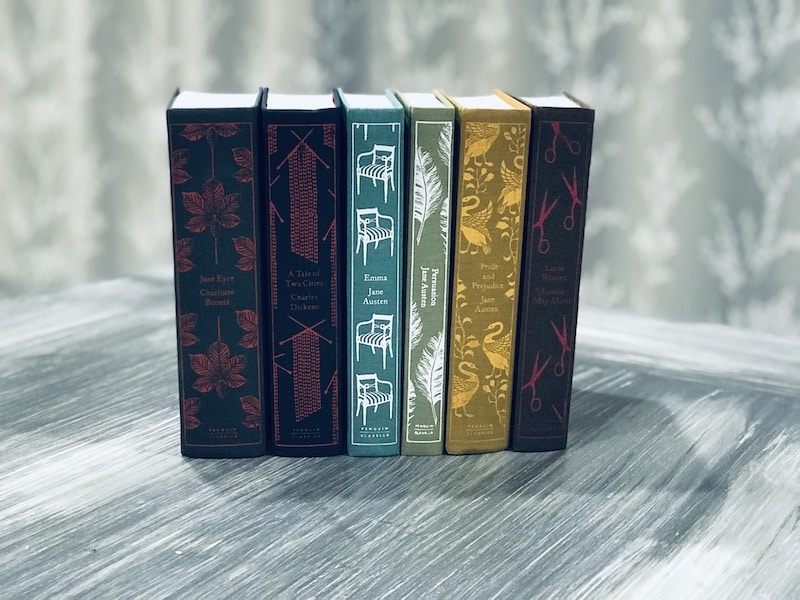
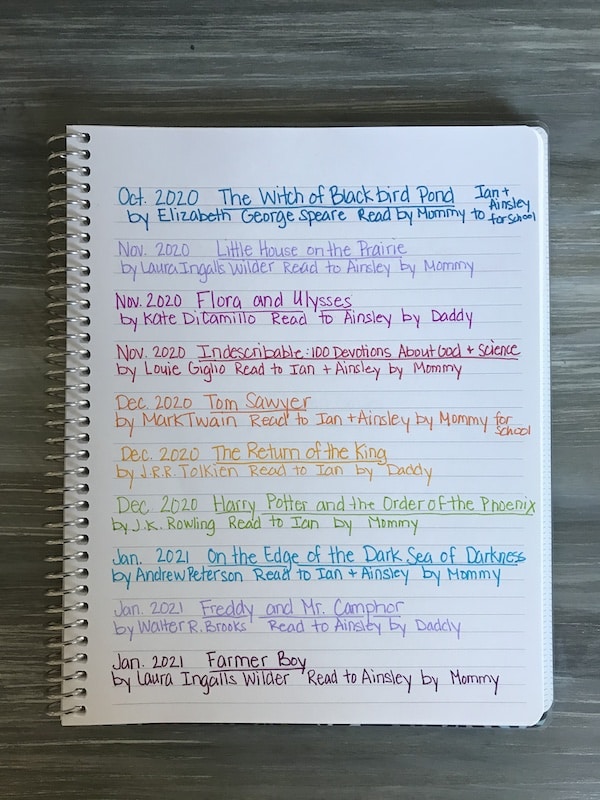
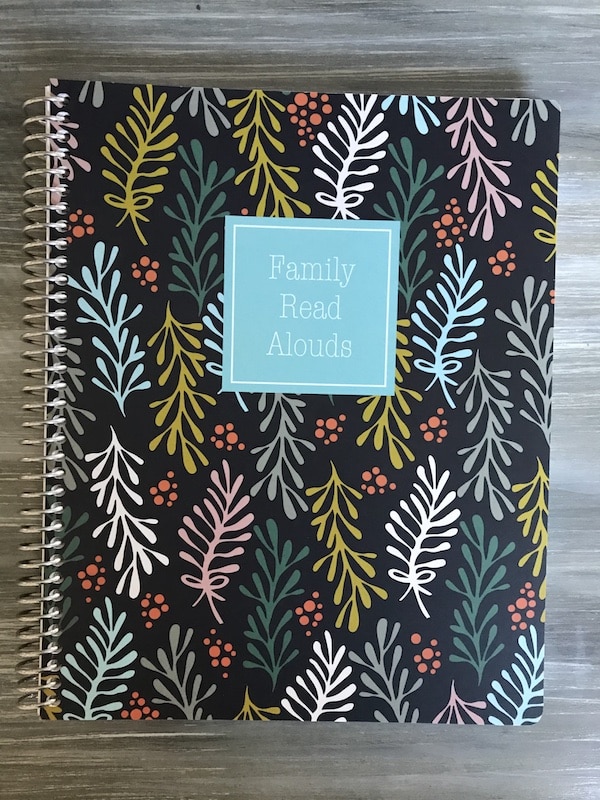
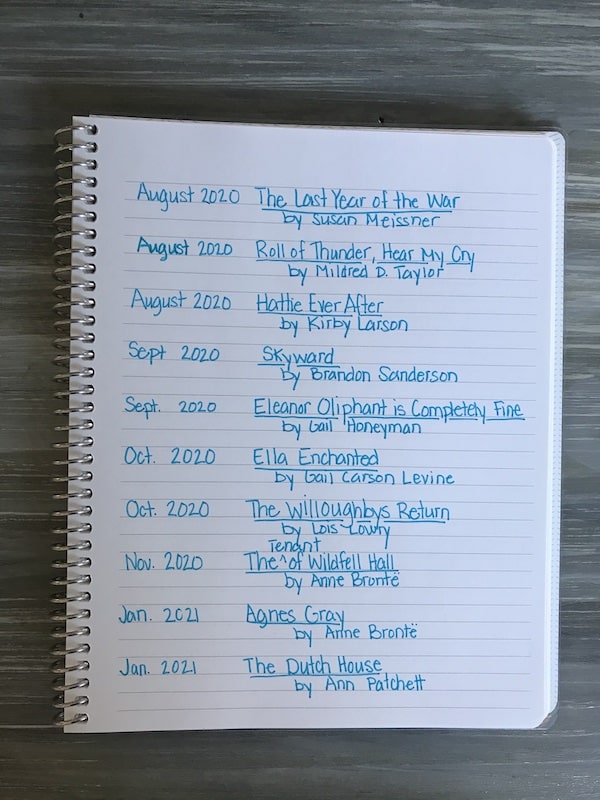
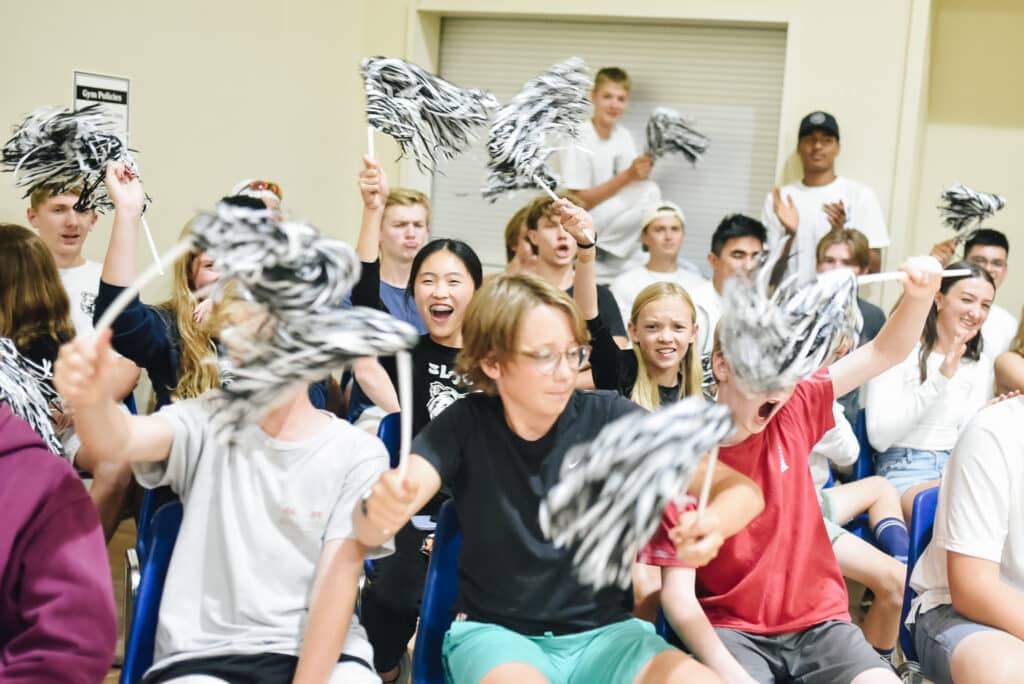
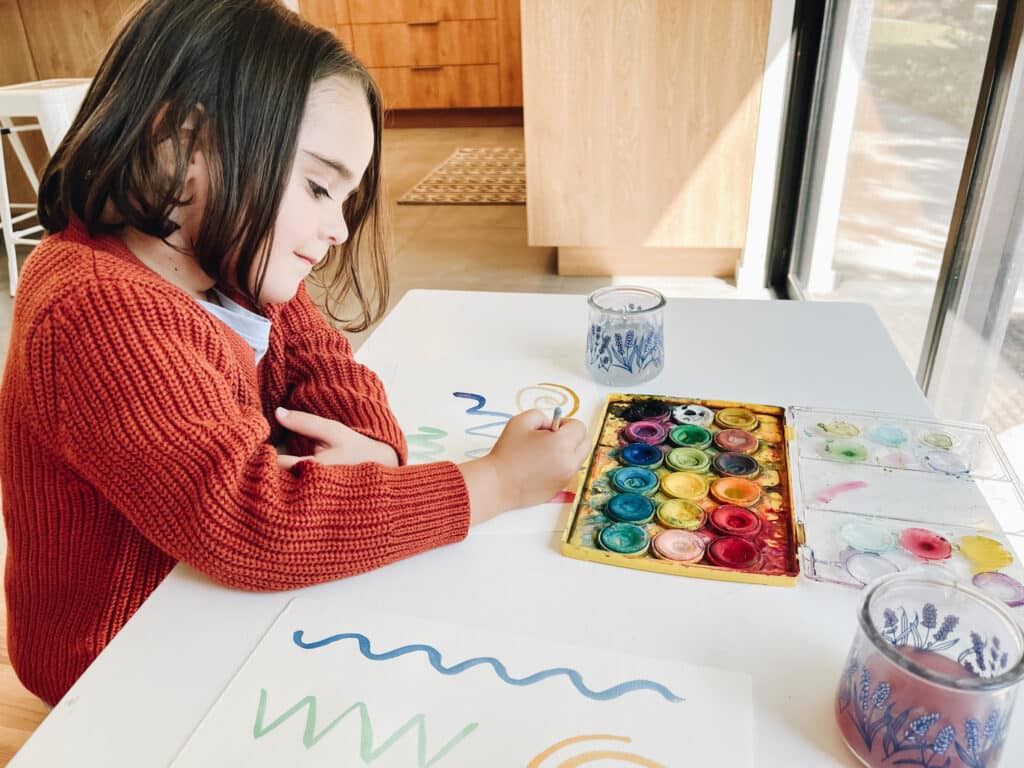






4 thoughts on “Together We Read – Reading Journals”
I love this, Sharon! I wish I’d been doing this all along… 🙂 Thanks for sharing.
It is never too late to start! 🙂
I love this!
When my boys were little, I used an index card for each chapter book that I read aloud and I kept the cards in a recipe card box, filed alphabetically by title. Each card listed the name and author of the book, the age of the child when I read it to him, and their “rating” of the book. (scale of 1-10). It was interesting to see how differently each child would rate the books. I also added my thoughts on the book. It really helped in later years when choosing books for younger siblings, or to recommend books for friends, etc.
Lisa, that is amazing! Having a detailed record like that must be priceless. I might need to add a rating scale to our journal.